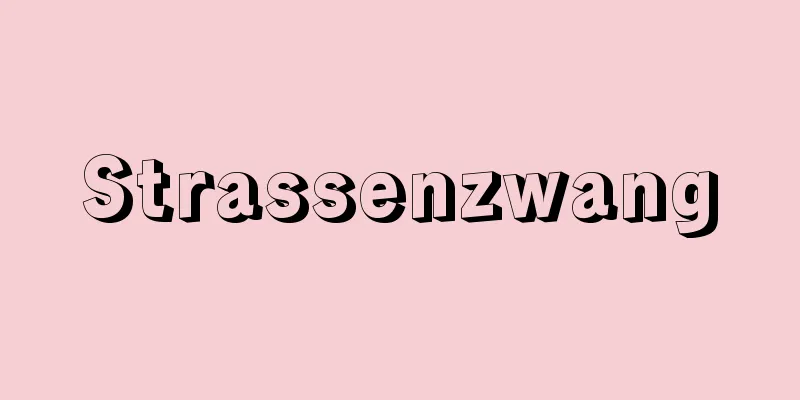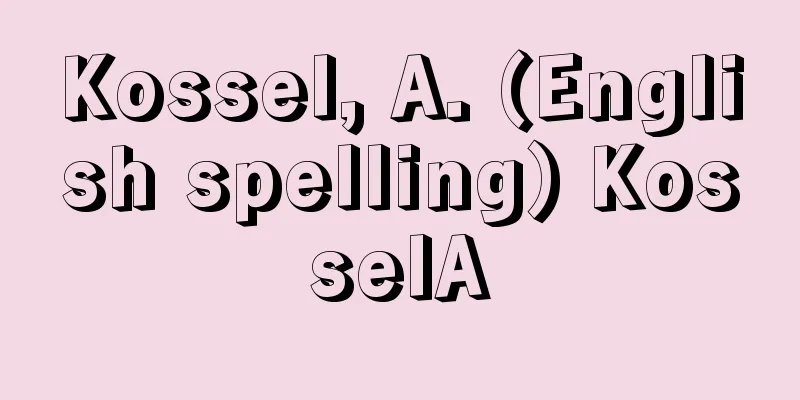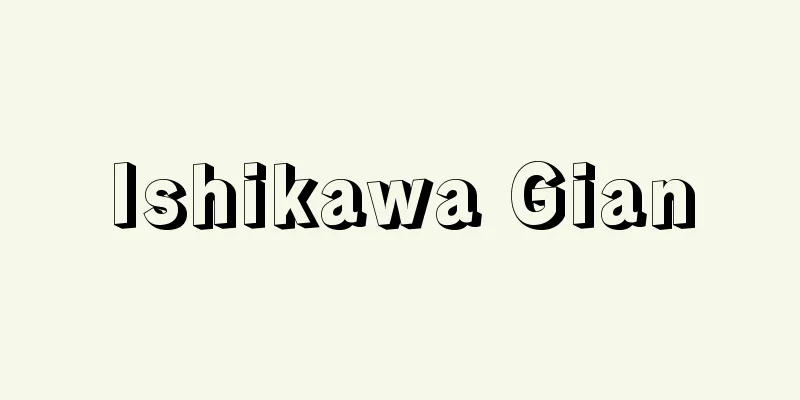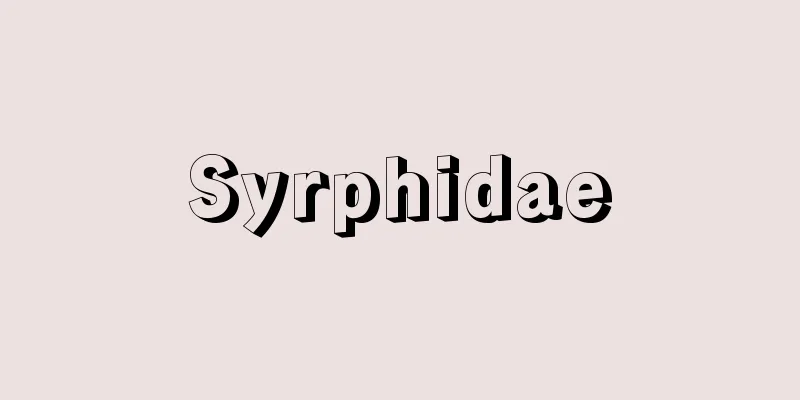Preventive detention - yoboukokin

|
This system of continuing to detain those who were sentenced for violating the Peace Preservation Law and released without repenting after completing their sentences in order to prevent them from "repeatedly committing crimes." It first appeared in the 1934 (Showa 9) amendment bill to the Peace Preservation Law, but was miscarried due to strong opposition at the time, and was realized in the amendment of the same law in 1941. According to this law, preventive detention is requested by the district court prosecutor of the person's current location to the court (Article 40), and the court makes a decision (Article 44). Those who received the decision were placed in a preventive detention center and measures were taken to force them to repent (Article 53). The period was initially set at two years, but could be renewed as many times as necessary if they did not repent (Article 55). This system allowed Communist Party members who did not repent to remain in prison even after their sentences expired, until Japan was defeated in the war. This system collapsed in October 1945 after Japan's defeat in the war, when GHQ issued a directive entitled "Memorandum on the Elimination of Restrictions on Political, Civil, and Religious Liberties," which ordered the abolition of the Peace Preservation Law, the Preventive Detention Procedure Order, and the Preventive Detention Treatment Associations, which were the basis of the system. [Osamu Watanabe] [References] | |Source: Shogakukan Encyclopedia Nipponica About Encyclopedia Nipponica Information | Legend |
|
治安維持法違反により刑を受け、非転向のまま刑期を満了して出獄した者の「再犯」を防止するために、その者を拘禁し続ける制度。1934年(昭和9)の治安維持法改正案で初めて登場したが、このときは反対が強くて流産し、41年の同法改正において実現した。同法によると、予防拘禁の請求は、対象となった者の現在地の地方裁判所検事が同裁判所に請求(40条)し、裁判所が決定する(44条)。決定を受けた者は予防拘禁所に収容され、転向を強要する処置がとられた(53条)。期間はいちおう2年とされたが、転向しない場合は何度でも更新された(55条)。この制度により非転向の共産党員らは刑期満了後も敗戦に至るまで獄につながれ続けた。この制度は、敗戦後の1945年(昭和20)10月、GHQの指令「政治的、市民的及宗教的自由に対する制限の撤廃に関する覚書」によって、その根拠となる治安維持法、予防拘禁手続令、同処遇会などの廃止が命ぜられたことにより、崩壊した。 [渡辺 治] [参照項目] | |出典 小学館 日本大百科全書(ニッポニカ)日本大百科全書(ニッポニカ)について 情報 | 凡例 |
<<: Vaccination - prophylactic inoculation
>>: Preventive medicine - yobouigaku (English spelling)
Recommend
Kitano's Great Tea Ceremony
…It is also called the Kitano Daichakai. It was a...
Example - tehon
〘noun〙① A book written to be kept nearby as a mode...
Jaime I
1208‐76 King of the United Kingdom of Aragon, loca...
Reading book - Yomihon
A style of novel from the Edo period. There are t...
Mersin (English spelling)
A port city in south-central Turkey, capital of Ic...
Patroon system - Patroon system (English spelling)
A feudal system of large land ownership introduced...
Oguni [town] - Oguni
A town in Nishiokitama County in the southwest of ...
Asia - Asia (English spelling)
Overview The origin of the name Asia is said to b...
Kula Kangri (mountain)
The highest peak in the Bhutan Himalayas, which oc...
special education
...A general term for education for people with p...
Shunjo
A monk who strictly adhered to the precepts from ...
Ochaya - Ochaya
〘noun〙 ("o" is a prefix)① A room for the...
Polyscias guilfoylei (English spelling) Polysciasguilfoylei
… [Takabayashi Masatoshi]. … *Some of the termino...
Falla - Falla (English spelling) Manuel de Falla
Spanish composer born in Cadiz. Of Valencian (pat...
Atractylodes macrocephala (English spelling)
…[Nitta Aya]. . . *Some of the terminology that m...







![Takayama [Village] - Takayama](/upload/images/67cc1e6bd9993.webp)

